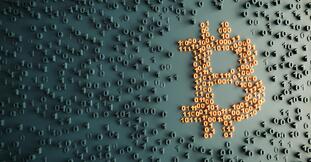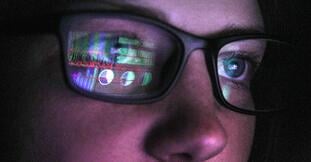Nine in ten Australians Believe Fake News Has the Ability to Impact the Upcoming Federal Election
13 MAY 2022
More than half of Australians have believed a fake news story

May 13, 2022
More than half of Australians have believed a fake news story
For more information contact us :
E-mail : press@gendigital.com
About Avast
Avast is a leader in digital security and privacy, and part of Gen™ (NASDAQ: GEN), a global company dedicated to powering Digital Freedom with a family of trusted consumer brands. Avast protects hundreds of millions of users from online threats. Its products for Mobile, PC or Mac are top-ranked and certified by VB100, AV-Comparatives, AV-Test, SE Labs and others. Avast is a member of the Coalition Against Stalkerware, No More Ransom and Internet Watch Foundation. Learn more at Avast.com.
Keep in touch with Avast:
- For security and privacy insights, visit the Avast blog: https://blog.avast.com/
- For handy guides, advice and tips, visit Avast Academy: https://www.avast.com/c-academy
- For in-depth technical analysis of online threats, visit the Avast Decoded blog: https://decoded.avast.io/
- For more information about Avast visit: https://www.avast.com/en-gb/about and https://www.avast.com/company-faqs
- Follow us on Twitter: @Avast
- Join our LinkedIn community: https://www.linkedin.com/company/avast
- Visit our Facebook group: www.facebook.com/avast







